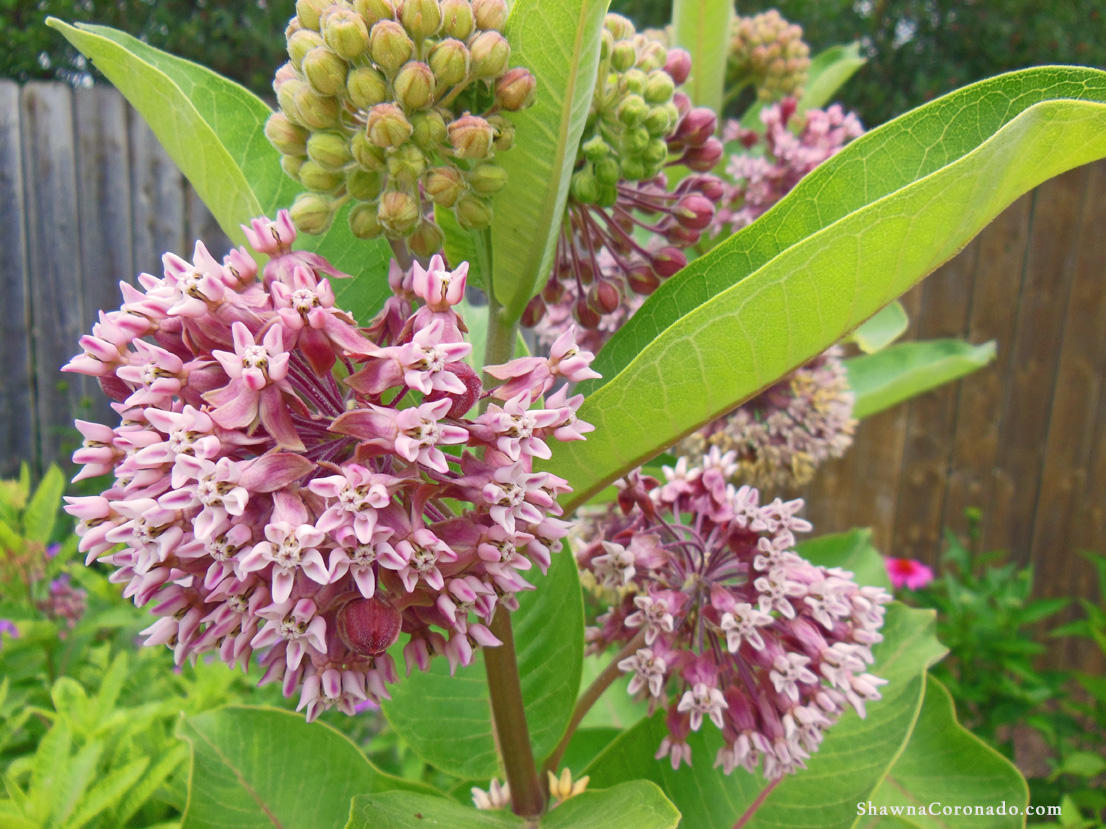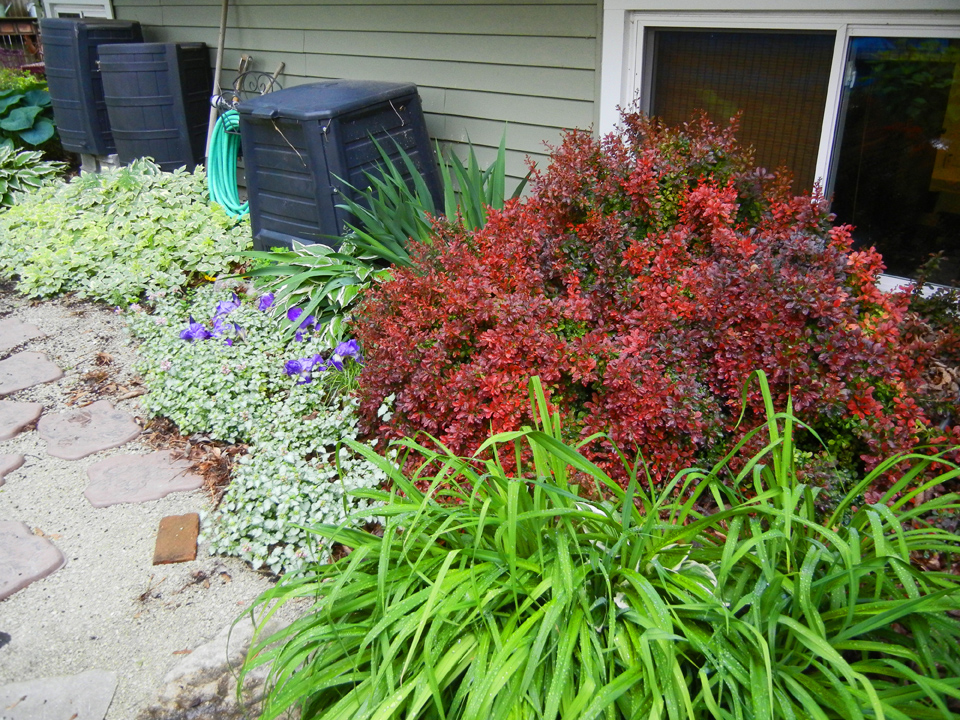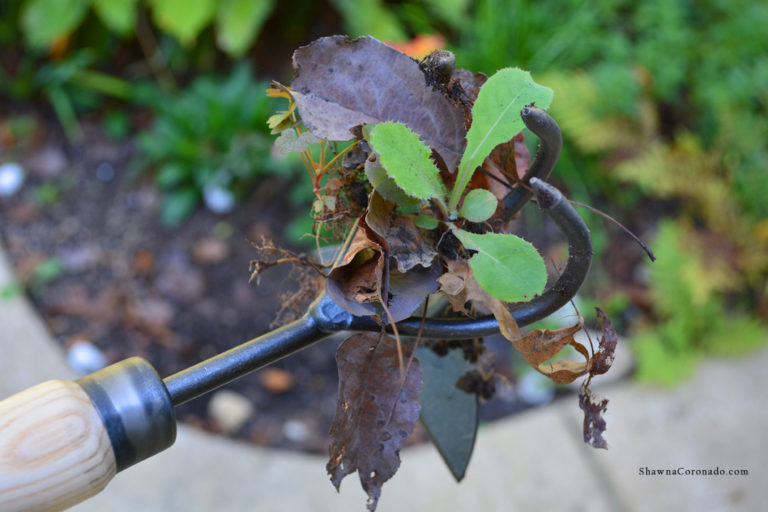Plant Milkweed for the Monarchs

When I was a young girl growing up on a Midwestern farm, milkweed grew prolifically in ditches and along fence rows. The plant looks rather uninteresting on a day-to-day basis, but it is truly an essential monarch butterfly garden plant. When they bloom (see photo), the air is filled with the most magnificent fragrance from the milkweed flower. Seductively sweet milkweed blooms attract butterflies to their nectar, particularly monarch butterflies that use the plant as a host to lay their eggs, harbor the monarch caterpillar, and feed the newly emerged butterflies. Native Americans used milkweed for making twine, rope, and medicines. Milkweed plants can be toxic to pets and humans, so place the plants in gardens away from areas where children and pets might be tempted.
- Botanical name — Asclepias syriaca
- Bloom Period and Seasonal Color — Summer; pale pink flowers
- Mature Height × Spread — 5 feet × 2 feet
- Added Benefits – Attracts Butterflies
- Sun Requirements – Sun
When, Where, and How to Plant – Milkweed is fairly drought tolerant and performs well in dry, poor soils. Do not plant in areas with standing water. It’s most commonly and easily propagated via seed; milkweed will self-seed in the landscape if seed pods are not removed prior to splitting open. Milkweed should be planted in the fall when the seeds will be exposed to up to six weeks of cold conditions. Milkweed can spread somewhat rapidly by rhizomes and often form extensive colonies.
Advice and Care – There’s absolutely no need to fertilize; don’t overwater. While aphids and a variety of milkweed beetles can commonly be found on milkweed, do not spray or treat the plants in any way as the butterfly larvae on the plant will be killed with chemical treatments. Cut stems at the base of the plant in late winter in order to clean up the garden and prepare them for the spring growing season. No other heavy maintenance or care is required. Broken stems produce a white, sappy latex liquid that can cause skin irritation. Wear gloves when transplanting or digging the milkweed. To collect milkweed seeds directly from the plant, collect the seedpods after they have split. Hold the end and gently strip the seeds. These seeds can be stored in a paper bag in a cool, dark location until ready to use. It typically takes two to three seasons for the seedlings to develop into flower-producing plants.
Companion Planting and Design – While this plant is considered to be too vigorous and weedy for borders, it does marvelously in butterfly gardens or naturalized in prairies, meadows, and native plant areas. Plant milkweed with sunflowers, Russian sage, black-eyed Susans, butterfly weed, and other drought-tolerant plants for a colorful and ongoing variety of blooms throughout summer.
Growing milkweed is just the beginning – there’s so much to grow! If you would like more ideas on how to grow all types of plants, particularly in the Midwest, please get my book, the Illinois Getting Started Garden Guide.



